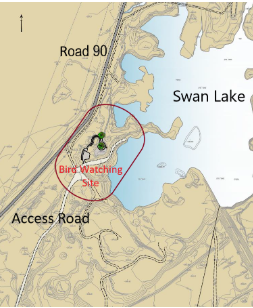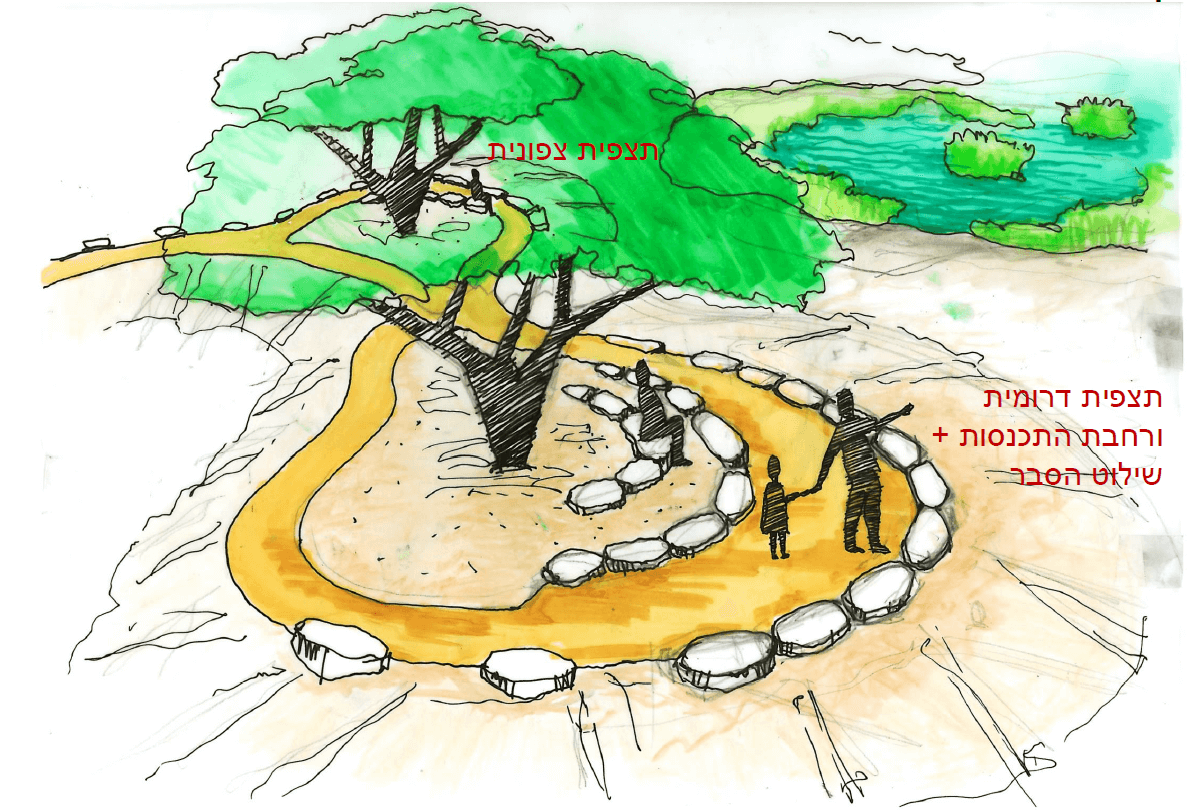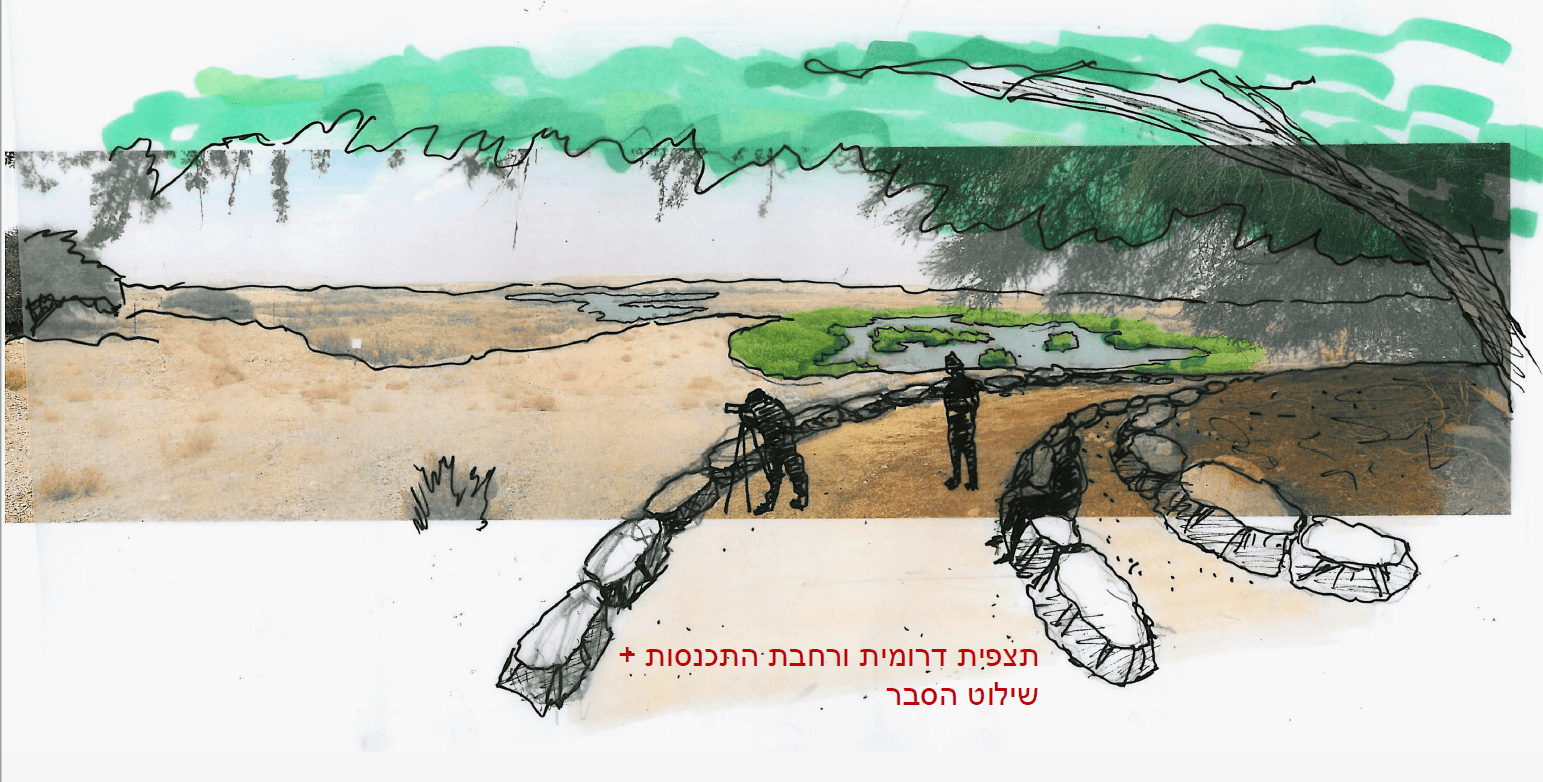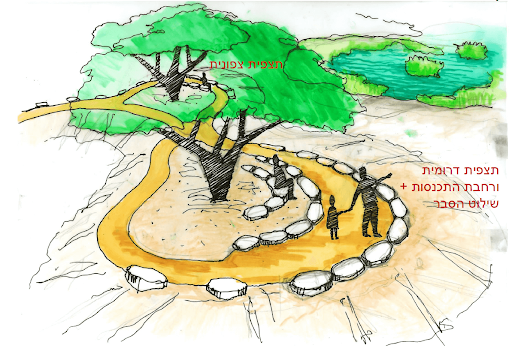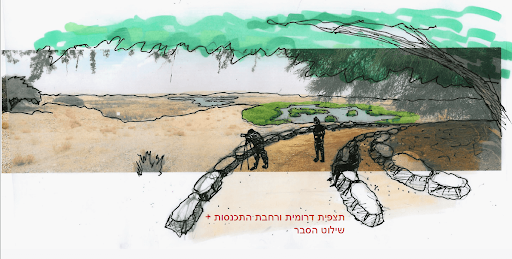Preservation of Biological Diversity at the Ashalim Reservoir known as “Swan Lake”
A variety of abiotic conditions exists along the western coast of the Dead Sea, enabling the development of ecological systems and unique habitats. Alongside typical desert systems of arid habitats, one can find wet habitats with an abundance of rich biological diversity, in accordance with local conditions of water quality, soil types, the abundance of water and its flow in the system. One of the interesting phenomena is the development of wet ecological systems in locations where wadi soil is being excavated. These systems are created in areas of high groundwater and where flood water accumulates. Their existence over time is a challenge considering their proximity to operational areas of ICL Dead Sea and the other developments in the region. The Ashalim reservoir, located south of the ICL Dead Sea site, is a good example of such a system, and the way operational needs can be combined with environmental responsibility to preserve a rich and unique ecological system.
The reservoir was created in the 1990s in ICL Dead Sea’s excavation areas, east of Route 90 (Picture 1), on an area of 400K square meters. The southern part of the reservoir, Sdom Saltmarsh Lake (known as “Swan Lake”), is permanently flooded, feeding from ground and flood water, with water quality ranging between 3000 and 4000 milligrams of chloride per liter.
Due to the year-long permanent presence of water, a complex and multi-layered ecological system has developed at the site, including salt flat flora, water vegetation, invertebrates, and vertebrate fauna. The flora is typical of a dense belt of phragmites australis trin and tamarix sp. that grow on the banks of bodies of water. The second belt includes flat salt flora, such as Suaeda monoica, Suaeda fruticose, Seidlitzia rosmarinus and unique plants, such as Salvadora persica.
The site attracts water birds and birds of prey, some nesting and some migratory. The variety includes more than 150 bird species, including some at risk, such as the ferruginous duck, little ringed plover, western yellow wagtail, and western marsh harrier. In addition, there are many types of mammals in the area, some of which are at risk, including the striped hyena and microbats. In the water, there are many taxons of invertebrates that are consumed as food by water birds, and a large population of Arabian toothcarp, which is endemic to the Dead Sea area. The unique features of the place and the ability to observe a wide variety of birds has transformed it into a tourist attraction and site of interest, attracting birdwatchers from the area and around the world. In environmental and ecological terms, the Sdom Saltmarsh Lake is of utmost importance to preserving nature and serving as a unique bird “hot spot.” As such, much must be done to preserve and nurture the site, both for existing organisms and for visitors and hikers in the area.
ICL Dead Sea, whose excavations in the region created the lake, maintains the site, and acknowledges the importance of the lake, taking extra measures to preserve and continue to operate the site.




